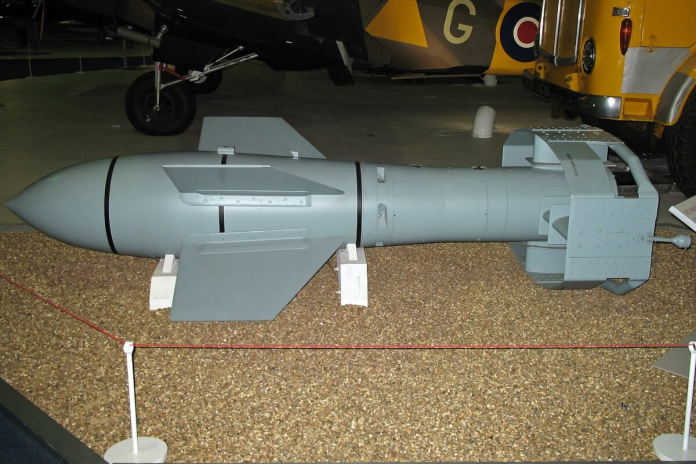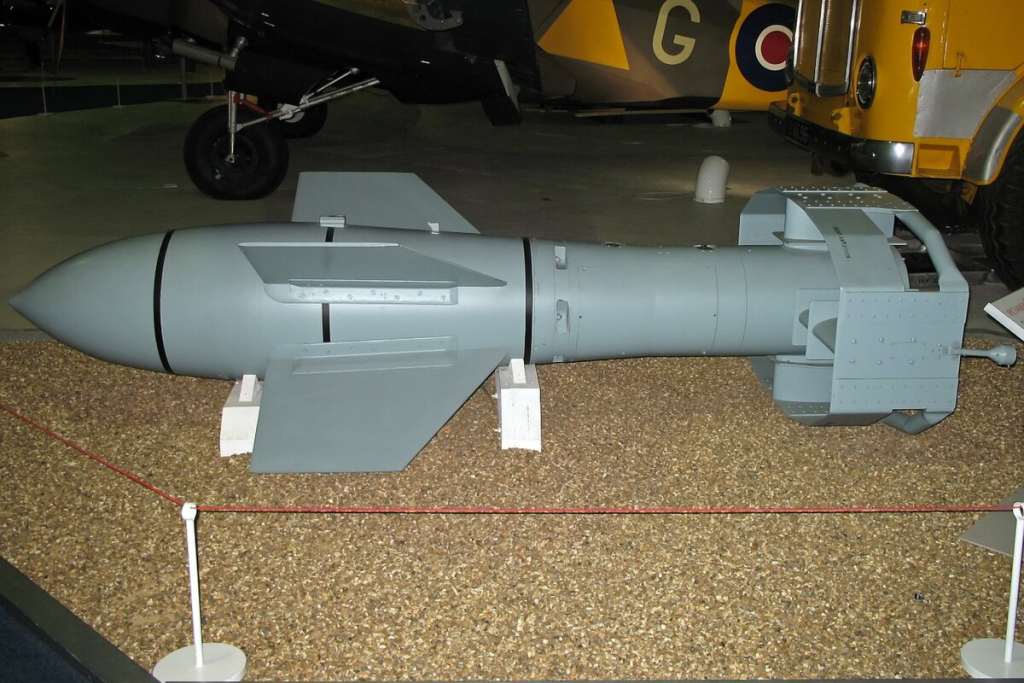
On October 20, 2025, a nearly intact Russian glide bomb was recovered in Ukraine’s Poltava Oblast. It was no ordinary munition but, rather, the latest evolution of Russia’s UMPK guidance kit-now fitted with a turbojet engine-designed to push the boundaries of stand-off strike capability.
The introduction of UMPK-equipped FAB-series bombs in 2023 has been a hallmark of the Russian air campaign, as they have enabled aircraft to strike beyond the effective reach of most Ukrainian air defences. Equipped with jet-powered variants identified as the UMPK-PD or UMPB-5R, strike ranges could extend to 200 kilometres and change the tactical equation on both sides.
Below is a listicle that uses confirmed sightings, technical details, and expert analysis of the design, deployment, and battlefield impact of this weapon to make clear exactly what this means for the ongoing war.
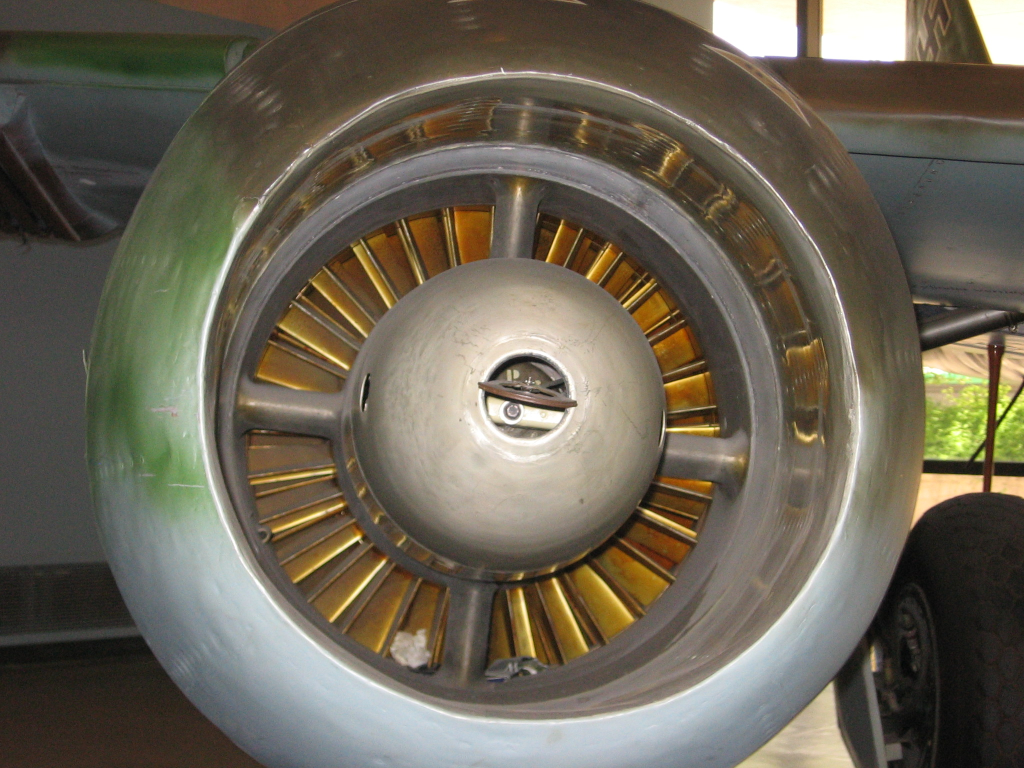
1. Turbojet Breakthrough of UMPK-PD
But the biggest addition to the UMPK-PD is a Chinese-made Swiwin SW800Pro-Y turbojet weighing around 10 kilograms and delivering up to 80 kgf of thrust. This is commercially available, and often marketed as being perfect for very large model aircraft, making the glide bomb something of a hybrid between a classic stand-off munition and lightweight cruise missile.
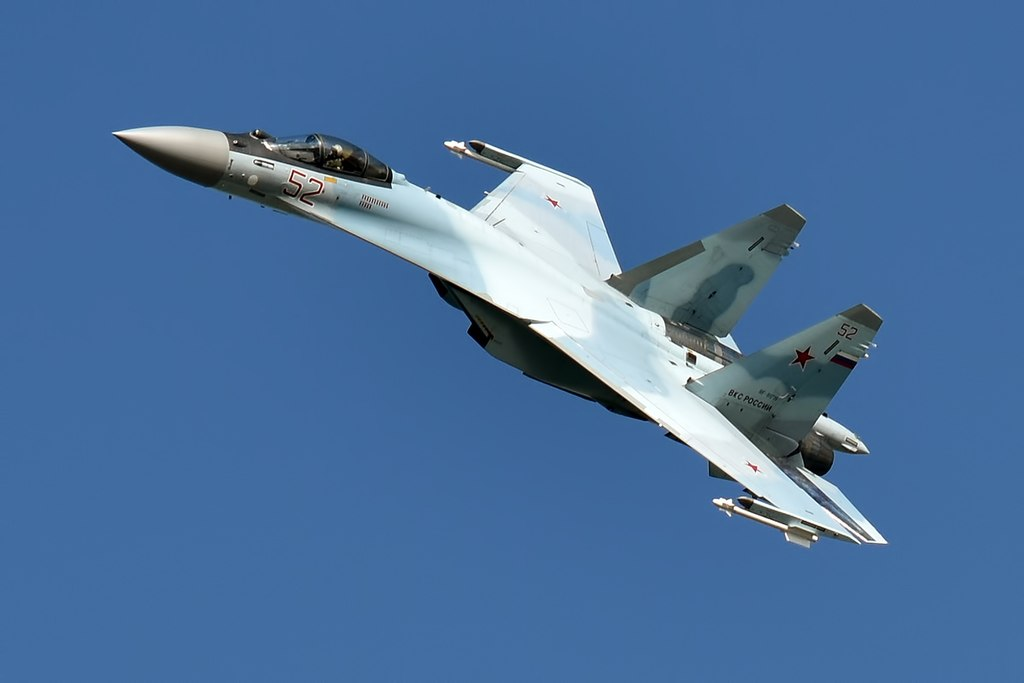
Russian sources quote 150–200 km ranges for high altitude launches by Su-34 or Su-35 aircraft. This propulsion enables the bomb to sustain flight, allowing deeper strikes without exposing the delivery platform to Ukrainian air defense envelopes.
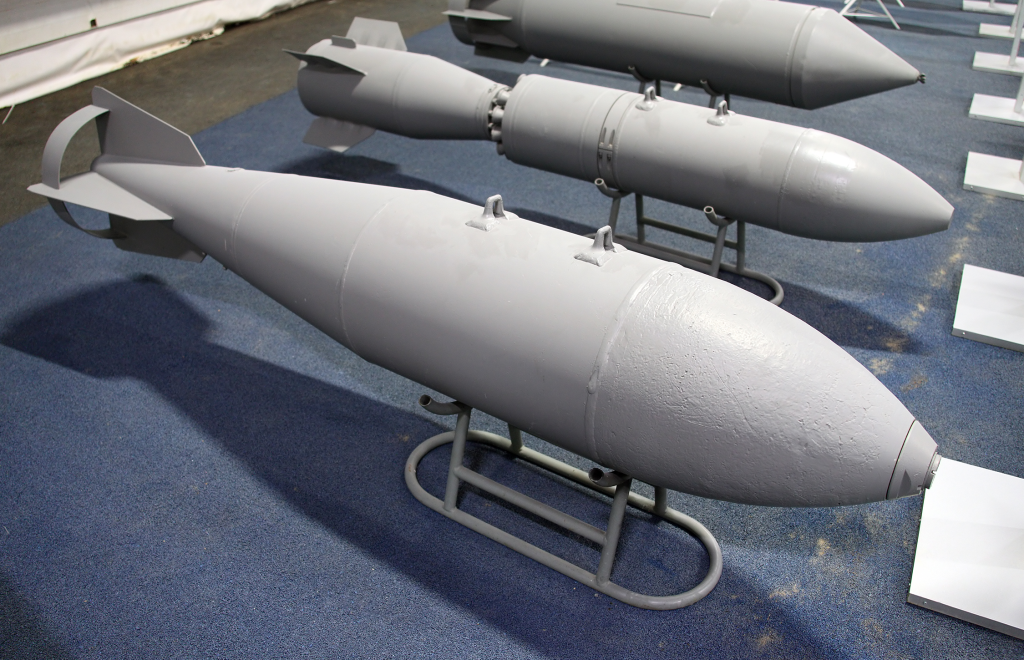
2. FAB-500T: The Chosen Airframe
The UMPK-PD most commonly carries the FAB-500T, a 500-kg class bomb that has been thermally stabilised to withstand the extreme aerodynamic heating experienced at the MiG-25RB Foxbat’s operational speeds. Its streamlined body and compatibility with guidance kits make it ideal for powered flight.
The FAB-500 family of bombs dates from the 1950s and carries between 150 to 300 kg of high explosive. Powered, the FAB-500T enjoys improved aerodynamics and structural resilience, supporting the extended range claims of the UMPK-PD.
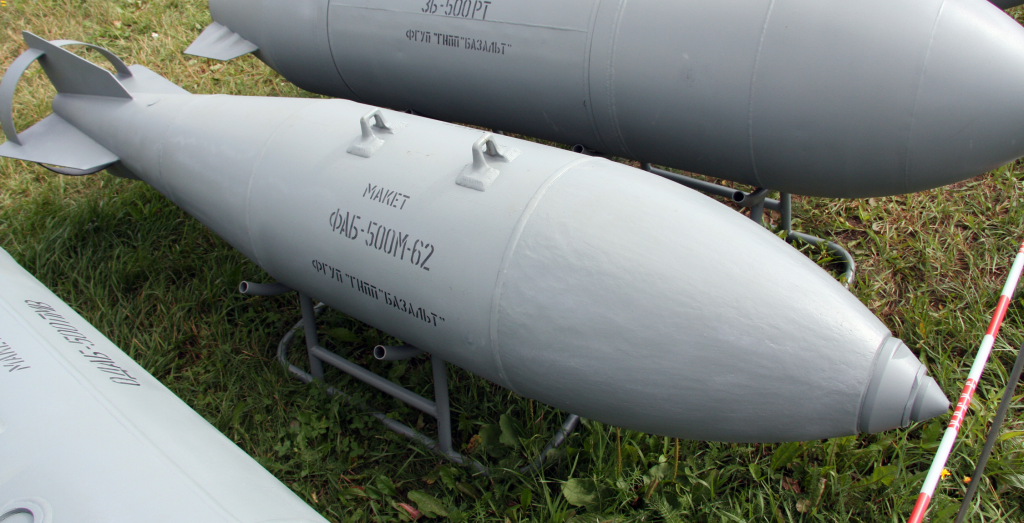
3. From Crude Kits to Powered Precision
The first UMPKs had fold-out wings and basic GLONASS guidance, which extended bomb ranges to 40–70 km but required high-altitude release that risks interception. The performance has continued to improve through aerodynamic refinements such as longer fairings, redesigned tail fins, and twin-wing configurations.
It typifies this evolution by adding propulsion to the lift-based range gains. According to Maj. Gen. Vadym Skibitsky, the deputy head of Ukraine’s Defence Intelligence, said the new bombs have “new control modules” and are more resistant to electronic countermeasures.
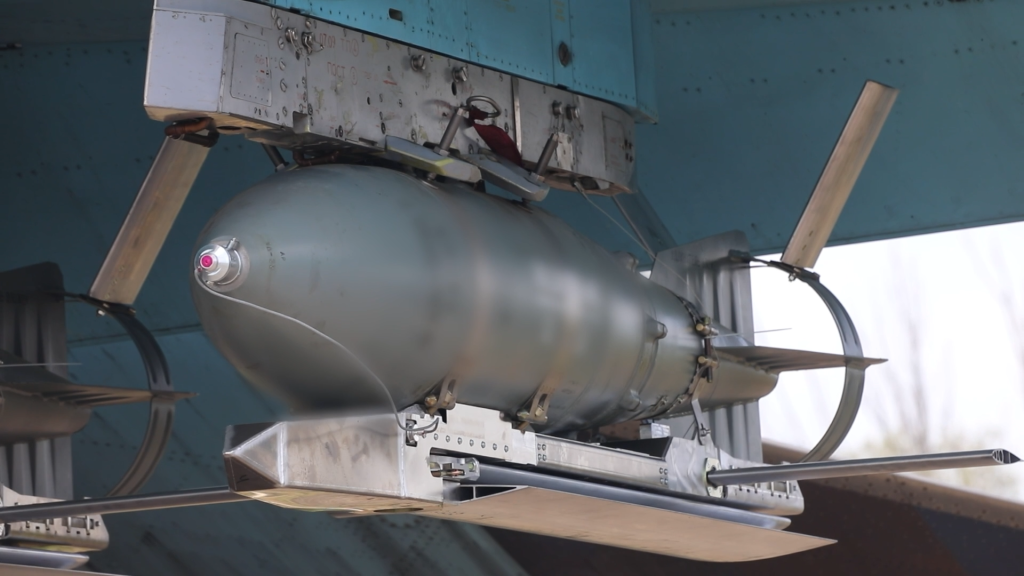
4. Countering Ukrainian Electronic Warfare
The precision of earlier UMPK bombs had degraded due to the jamming of GLONASS signals by the Ukrainian Pokrova EW system. Russia has fitted improved anti-jamming receivers like the Kometa-M24 and also refined the inertial navigation systems.
Although the EW cover is thick on a large part of the front, there are partial gaps at places such as Kursk and Kherson. With its greater range, the powered variant could exploit these gaps by launching outside EW coverage zones and striking with better precision.
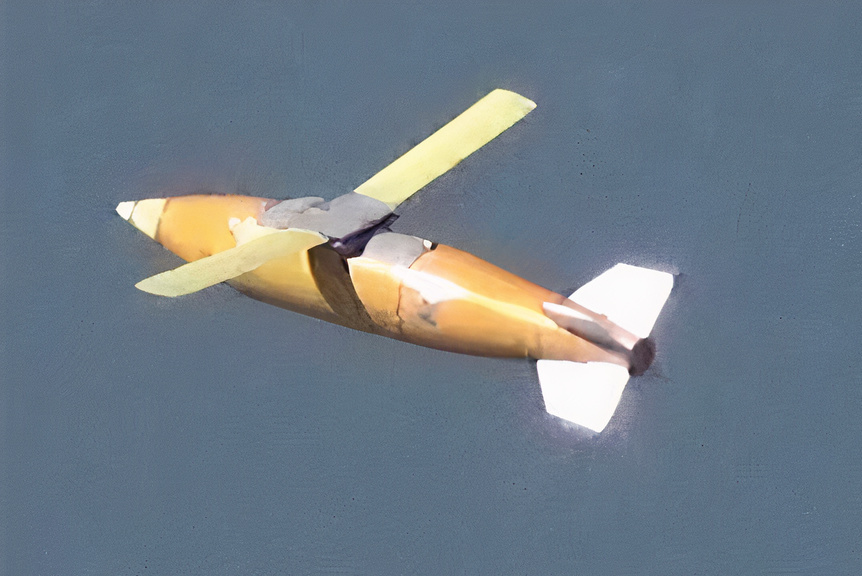
5. Tactical Role in Stand-Off Strikes
Powered glide bombs, therefore, enable Russian aircraft to reach deep in the Ukrainian rear while staying far away from contested airspace, minimising exposure to scarce Patriot and Buk systems normally reserved for the defence of critical infrastructure. Targets have also included logistics hubs, command posts, and urban areas that were previously considered safe. Strikes that reached Poltava and Lozova in October underlined the range of the weapon and the part it has played in Russia’s broader tactic of relentless pressure from the skies.
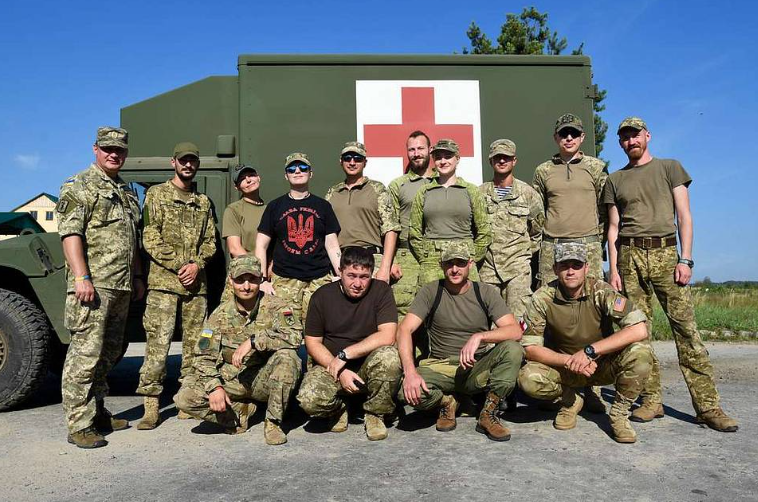
6. Psychological and Physical Impact
Bombs weighing from 500–1,500 kg can create craters up to 15 meters in diameter, with concussive effects potentially able to incapacitate troops without a direct hit. Ukrainian soldiers have spoken about bleeding from ears and nose, disorientation, and morale collapse after repeated bombardments. These effects are magnified by the saturation tactic of launching many bombs in quick succession, seeking to overload defenses and impose cumulative damage on personnel and infrastructure.
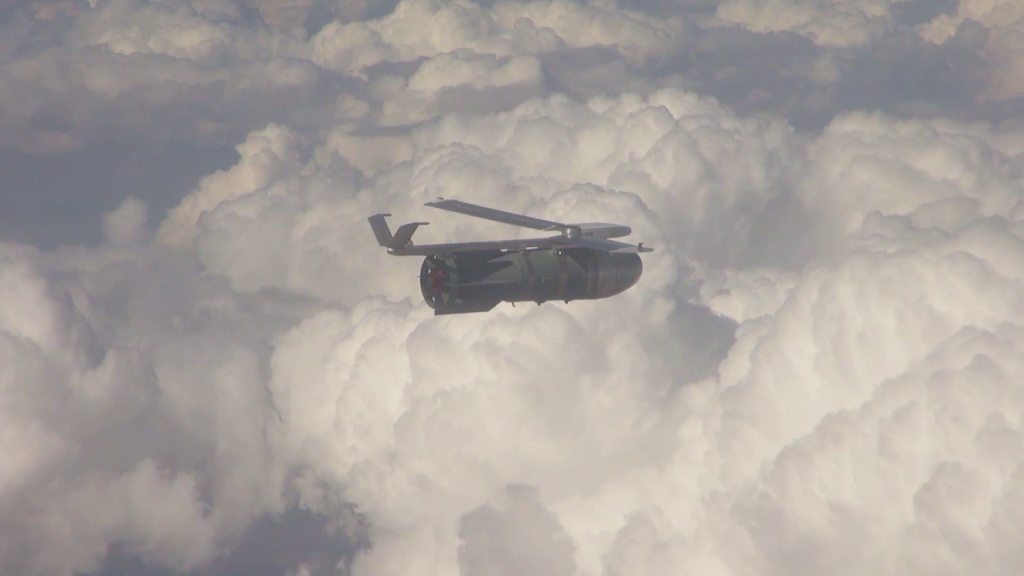
7. Cost-Effective Firepower
Powered glide bombs are cheap in comparison with cruise missiles. The basic FAB-series warhead is drawn from Cold War stockpiles, and the modular UMPK kit is relatively inexpensive to manufacture. Adding a commercial turbojet increases this cost but keeps it far below that of precision missiles.
This degree of affordability supports high-tempo operations. Since 2022, Russian forces have expended tens of thousands of guided bombs, using them to conserve missile inventories for strategic targets.
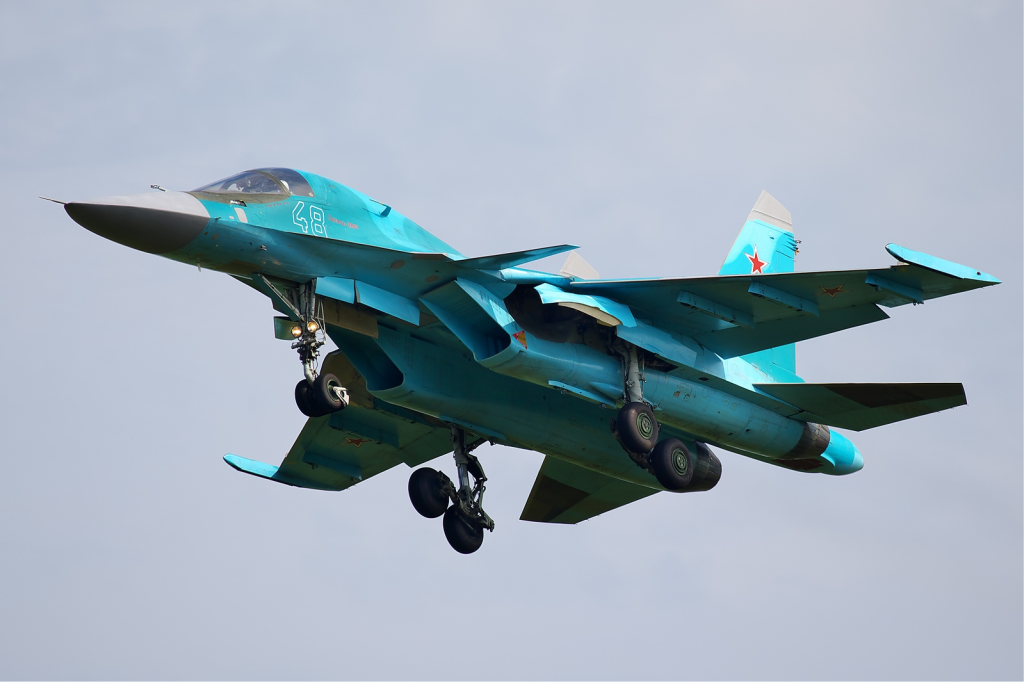
8. Deployment Platforms and Procedures
The main launch platform is the Su-34 Fullback, which often flies in pairs with Su-35 escorts. Bombs are released as high as 12,000 meters while performing an in-flight 180-degree rotation to place their wings uppermost. A spring-pyrotechnic mechanism deploys the wings, and guidance electronics steer the bomb to preloaded coordinates. The powered variant has a small swept-back wing optimized for sustained, propulsion-assisted flight.
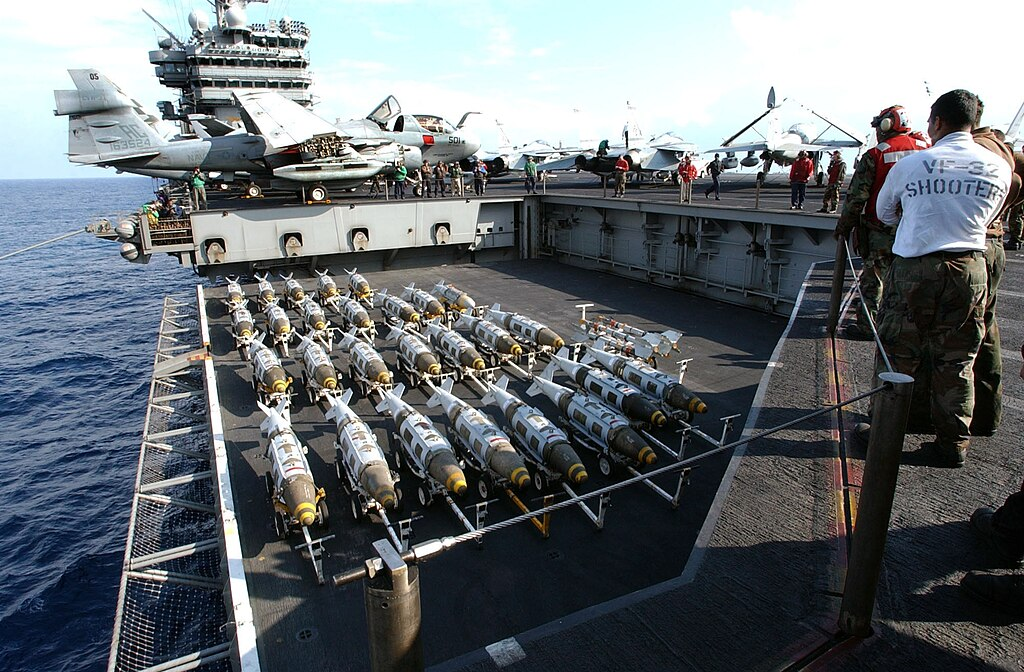
9. Limitations and Uncertainties
Despite its range, the accuracy of the UMPK-PD is far behind that of its Western counterparts, such as the JDAM-ER. It relies only on satellite and inertial navigation without optical guidance, which makes it open to spoofing. Production scale and engine supply also remain uncertain. There’s even a possibility that this dependence on imported Chinese turbojets may be a limiting factor in disrupted supply chain circumstances. Analysts further warn that though the weapon extends Russia’s strike options, the battlefield dynamics do not dramatically change without complementary tactics.
The emergence of the UMPK-PD marks another step in Russia’s adaptation to Ukraine’s air defence and electronic warfare measures. Combining proven bomb designs with modular guidance kits and commercial propulsion, Moscow has created a cost-effective stand-off weapon able to reach deep into contested territory. Its true impact depends on production capacity, the evolution of countermeasures, and how both sides adjust their strategies in this ongoing cat-and-mouse contest.
